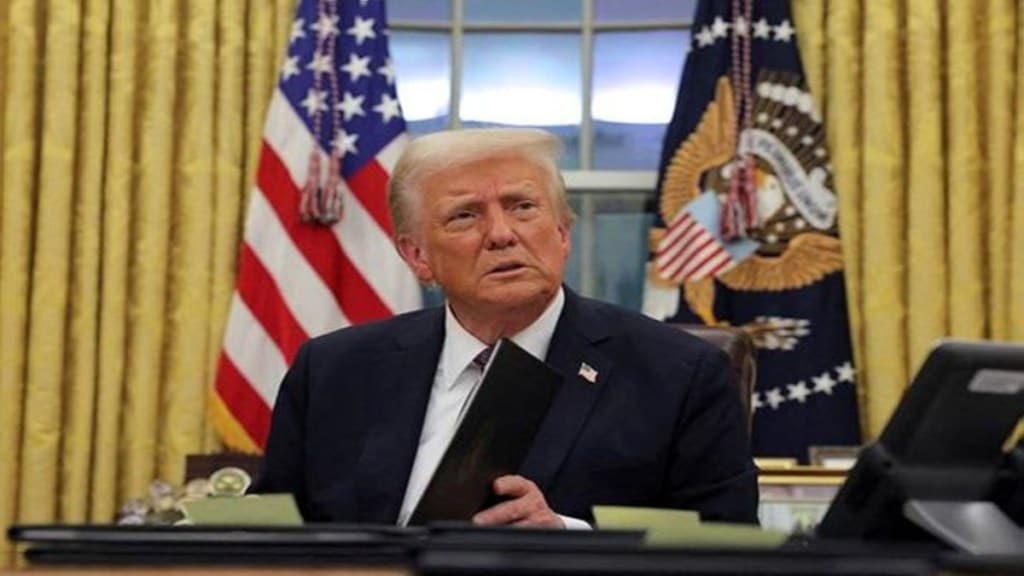On Tuesday (Feb 5, 2025) Trump’s administration has issued a directive aimed at possibly removing the sanctions waiver that allowed India to continue its work on Iran’s Chabahar port. The order forms part of his broader `maximum pressure’ campaign against Iran, which has targeted Iran’s nuclear ambitions, missile program, and support for terrorism.
Chabahar port is key to India’s regional strategy. It provides a vital sea – land route to Afghanistan and Central Asia, bypassing Pakistan’s something that has been critical for India given the strained relationship with its neighbour. This port is a critical part of India’s connectivity plans for the region.
As reported previously in FinancialExpress.com, India has invested heavily in the port, signing a 10-year deal in 2024. This includes a $120 million investment in port development and a credit facility of $250 million for infrastructure projects linked to Chabahar. India Ports Global Limited (IPGL) has been operating the port since 2018, after a trilateral agreement between India, Iran, and Afghanistan.
Impact on India
The new order could affect India’s ongoing development work at Chabahar. The order directs US officials to `modify or rescind sanctions waivers, particularly those that provide Iran any degree of economic or financial relief, including those related to Iran’s Chabahar port project. This could restrict India’s ability to continue its operations without facing consequences from the US.
The Economic Survey 2024-25 highlighted that Chabahar’s Shahid Beheshti Terminal connected Mumbai to Eurasia via the International North-South Transport Corridor, reducing transport costs and time. This resulted in a 43% increase in vessel traffic and a 34% rise in container traffic in FY 24, proving the port’s growing significance for India’s trade.
The new set of sanctions could jeopardize India’s long-term investments and hinder the development of the port, which has already handled over 90,000 TEUs (twenty-foot equivalent units) of container traffic and more than 8.4 million metric tons of cargo since 2018.
India’s trade with Iran has decreased in recent years, largely due to US sanctions. In 2018-2019, India imported around $13 billion worth of goods from Iran, with $12.37 billion of that being oil. However, since 2019-2020, India’s imports from Iran have significantly decreased to less than $1 billion annually.
Trump’s remarks during a ceremony in which the memo was signed were clear, “With me, it’s very simple: Iran cannot have a nuclear weapon.” He stated the importance of putting maximum pressure on Tehran to halt its nuclear and ballistic missile programs and to cut ties with terrorist groups. He further noted, “They’re too close” when asked about how near Iran is to developing a nuclear weapon.
This issue is expected to be a significant point of discussion during Prime Minister Modi’s upcoming visit to Washington next week. Given the importance of Chabahar to India’s regional strategy, Modi is likely to address the concerns over the potential impact of the sanctions on India’s interests. Trump’s ‘maximum pressure’ approach, aimed at pressuring Iran economically and diplomatically, could clash with India’s need for a stable and functioning Chabahar port.
India is closely aligned with the US on many fronts, but it has strong ties with Iran, particularly for regional connectivity. As External Affairs Minister S Jaishankar pointed out last year, the development of Chabahar ‘will clear the pathway for bigger investments.’ India’s long-standing relationship with Iran also helps it maintain a foothold in Central Asia and Afghanistan, which is vital given the complex geopolitics in the region.

